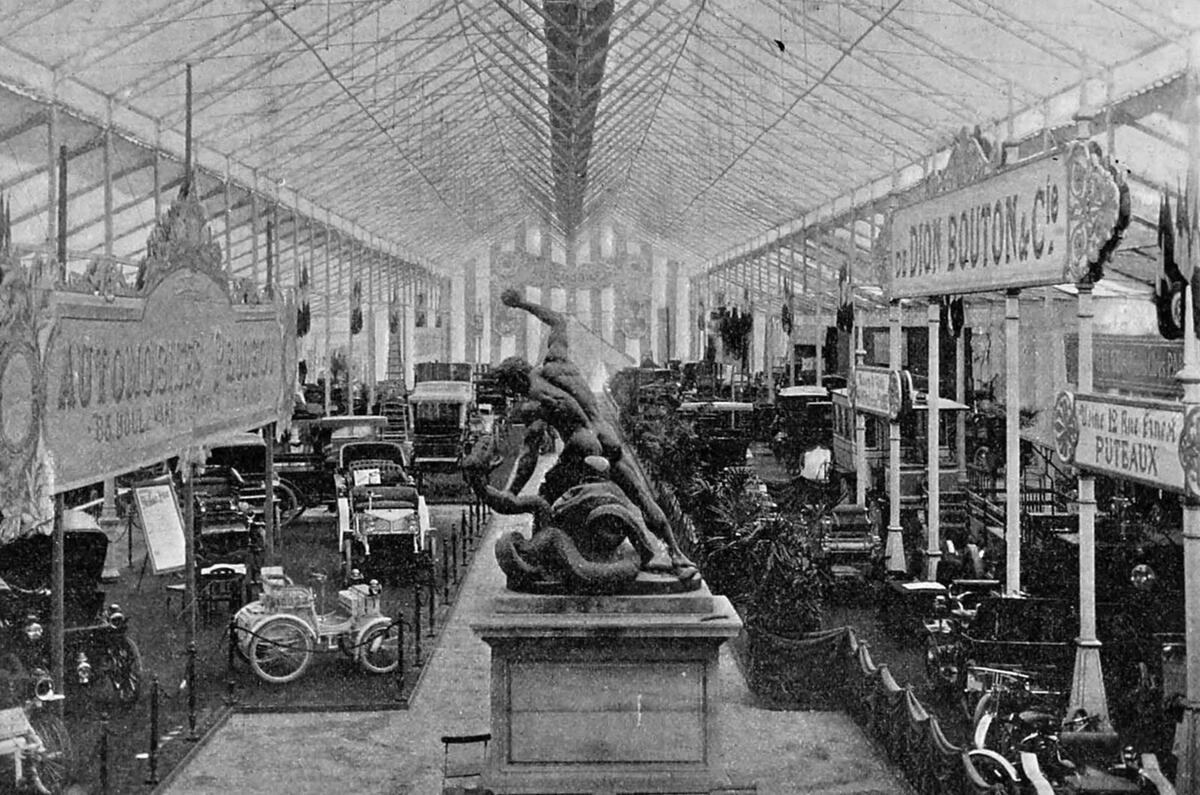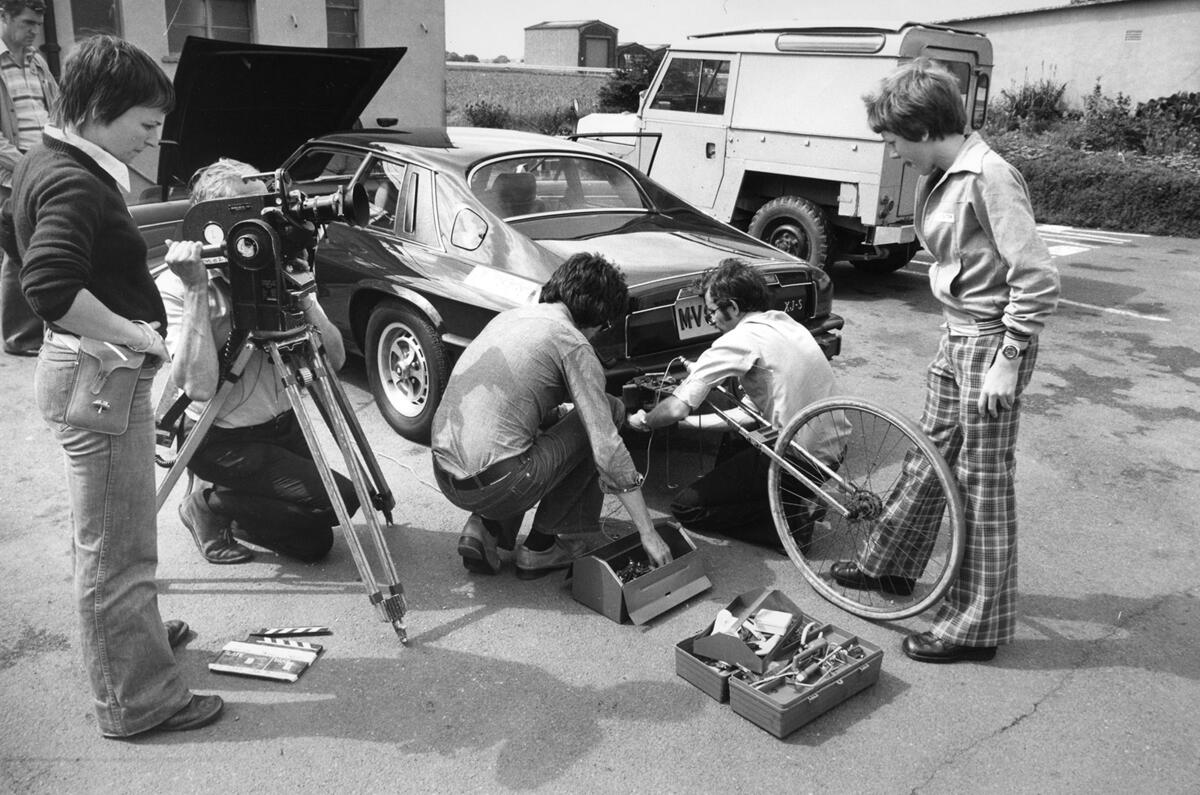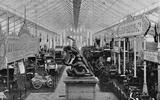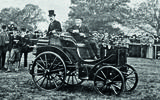Imagine, if you can, a world without cars, a world where road traffic moves at the speed of the pedestrian, the pedal cycle and the horse-drawn cart.
It’s not a silent world: the noises are just different – the shouting of street vendors, the clatter of hooves and iron-shod tyres on cobbled roadways, the jingling of bicycle bells and the whistle of steam engines. But it’s an alien world, where the streets literally run with pollution from the millions of horses on which the economy depends, where long-distance travel is governed by the tyranny of the train timetable, where a town only 10 miles from the nearest railway station can seem as remote as though it were in the middle of nowhere.
It’s a world that has changed only gradually over the past 100 years, with the coming of the railway the biggest transport revolution since the Middle Ages. There are, indeed, road-going steam traction engines, but they’re big, unwieldy brutes weighing several tons whose iron wheels break up the road surface. Consequently, they’re restricted to walking speed by a harsh law that compels every “self-propelled vehicle” on the roads to be preceded by a man on foot, usually carrying a red flag.
This is the United Kingdom in 1895, an island nation whose empire encircles the world, the hub of the Industrial Revolution. But it’s a decade behind its Continental rivals, France and Germany, in adopting the motor car, with not a single native manufacturer and maybe only six cars in the entire country. Every time they venture onto the streets, their drivers risk falling foul of the law, for parliament refuses to recognise the light and handy car as anything different from a five-ton traction engine. Therefore, says the law, every car must have a driver, an engineer and a man walking in front to warn of its approach.
Then, one afternoon late in the year, an unfamiliar noise is heard in the streets of Coventry, centre of the cycle industry and home of the successful printing company Iliffe, Sons and Sturmey, publishers of the country’s leading cycling magazine, The Cyclist. The staff all rush to the door to see what it is: “A motor car!”
At the tiller of the strange machine is Harry Lawson, a pompous little man with protuberant eyes. A famous – even notorious – figure in the Coventry cycle industry, he has made a huge fortune out of launching over-capitalised companies that, after paying spectacular dividends for a couple of years, usually collapse in financial chaos. He often collaborates with the most notorious company promoter of the day, Terah Hooley. When Hooley bought the Dunlop Pneumatic Tyre Company for £3 million and floated it as a new concern for £5 million, Lawson made a reputed £500,000 out of the deal.





















Join the debate
Add your comment
I'm not suggesting we ban the
I'm not suggesting we ban the car but cars are the biggest killer of uner 30s and total deaths from motoring are bigger than all the deaths from WW2. That doesn't include injuries.
Clearly people will claim that the car saves lives which is probably true but its worth reflecting that if a new model of transport is developed but the inventors said 'it will kill 60m people over the next 100 years' legislators might kill it at birth.